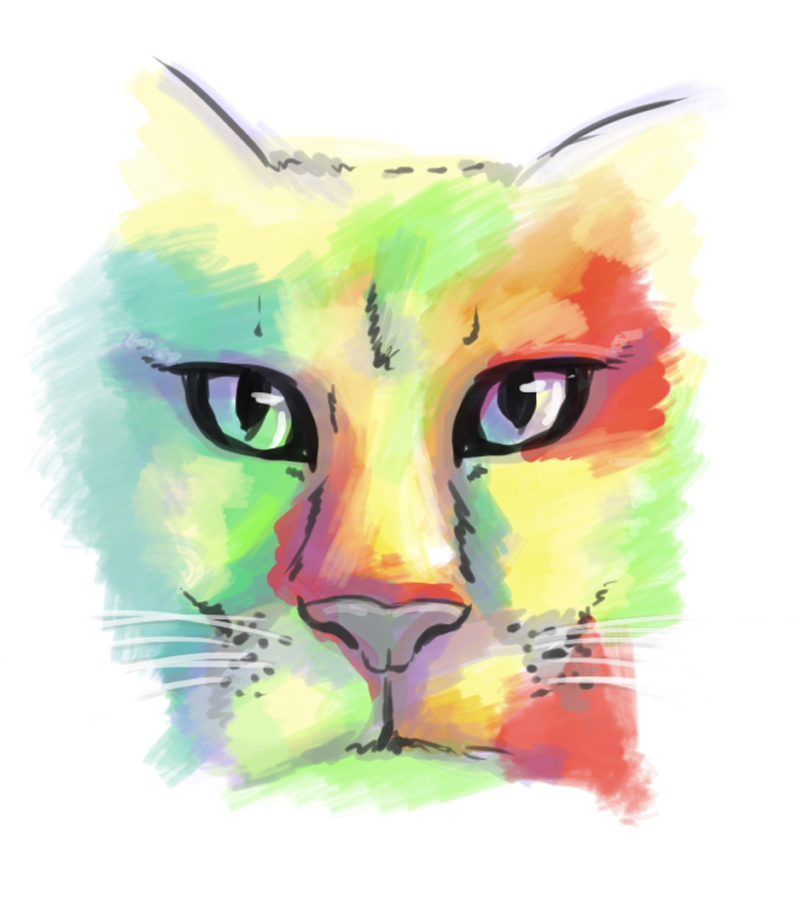College comes with many costs. And for many students of color, one of the biggest prices they pay is their mental health.
While mental illness is extremely common on college campuses among every racial group, little attention is paid to how racism and mental illness intersect. Students of color often find themselves dealing with many issues their white classmates don’t experience: combating racism, exceeding family expectations and dealing with stereotypes all while trying to find their place in academia.
Whether it’s seeing other students in blackface, being called racial slurs or dealing with racial microaggressions, students of color encounter racism daily. They are expected to grin and bear it in order to succeed. And the stress associated with that burden can be difficult to handle at times.
If colleges and universities truly care about students of color and their academic success, they should start focusing on these issues. Solutions to the problems surrounding mental illness in the black community and in other minorities have been varied, including the establishment of counseling centers specifically dealing with the mental health of people of color. However, the fundamental issues ostracizing students of color from the community as a whole often go unresolved.
Numerous studies show racial discrimination is detrimental to an individual’s overall health. A 2012 study by Kathryn Freeman Anderson of Sociological Inquiry found discrimination makes people more vulnerable to stress, depression and hypertension. The same research also found 18.2 percent of African-Americans experience emotional stress, compared to only 3.5 percent of white Americans — likely a result of the strong connection between overall mental health issues and the stress that comes with perceived racism.
On top of that, there are huge racial disparities in mental health care in the United States. According to the National Alliance on Mental Illness, only 25 percent of African-Americans, compared to 40 percent of white Americans, seek mental health treatment. This disparity, according to the NAMI, is caused by a combination of prejudice in the mental health care system, a lack of access to adequate health insurance and very few black professionals in the mental health field.
Ebony McGee, an assistant professor of diversity and urban schooling at Vanderbilt University, found students of color in predominantly white collegiate environments are more subject to high rates of “anxiety, stress, depression and thoughts of suicide, as well as … physical ailments like hair loss, diabetes and heart disease.” Black students are devoting huge amounts of time and energy to combat racism at a huge cost to their mental and physical health. And at a school like Pitt, where over 75 percent of the undergraduate student body is white, this challenge can feel overwhelming at times.
The issue is one that’s come to the attention of many students of color at Pitt, even if the University administration hasn’t taken many steps to solve it. One student, Zuri Kent-Smith, a sophomore and the Student Government Board vice president-elect, worked with the Counseling Center to found a group called Panthers of Color to work on mental health issues for racial minorities on campus.
The group hosts drop-ins, which Kent-Smith describes as “a culturally competent counseling group just for students of color to come in and share their experiences and be able to talk through them with some counselors.”
When students of color enter majority-white colleges, these issues remain largely unresolved. Many are encountering counseling services for the first time, but these services are often not designed with students of color in mind. A very easy solution is hiring more counselors of color who understand what it’s like to be a racial minority.
“If you want to have people competent in that culture, you need people from that culture,” Kent-Smith said.
The presence of counselors of their own race can be important for students of color to bridge the gap between their own identities and the identities of those around them in predominantly white institutions. However, it’s obvious that the very need for this bridge is only possible in an environment where minority students are partially separated from the rest of the community. Kent-Smith referred to the product of this partial othering as double consciousness, a term W.E.B. Dubois coined to describe the dissonance people feel when different parts of their identity conflict.
“You’ve seen all the destructive things that have been happening and you still have to wake up the next morning and take your test,” he said. “It’s definitely the constant struggle of having to put aside the fact that you are black when you are in the classroom, which is so hard. It’s having to constantly juggle those two identities as a student and a black person.”
Panthers of Color came into existence to address a very concrete, very real issue on Pitt’s campus that affects students of color here. While the group’s founding is a step in the right direction, it’s important to recognize that we still need to make improvements to inclusiveness in the community as a whole. The well-being and health of students of color may depend on it.



